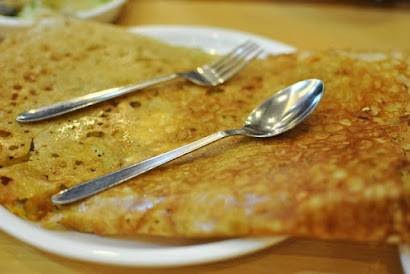"Cinnamomum tamala, Indian bay leaf, also known as tezpat, tezapatta, Malabar leaf, Indian bark, Indian cassia, or malabathrum, is a tree in the family Lauraceae that is native to India, Bangladesh, Nepal, Bhutan, and China. In the ancient classical and medieval texts, this leaf is believed to have been referred to as Malabathrum, from which a fragrant oil was prepared. In ancient Greece and Rome these leaves where read to have been used to prepare an expensive fragrant oil." - Wikipedia
We can make it with many variations depending on the ingredients you have access to. In the U.A.E, we couldn't source jackfruit hence we simply mixed coconut, jaggery with wheat flour and wrapped it with dried Indian bay leaf (aka Tej Patta) leaves. The leaves are reusable but the flavour and aroma will reduce as per usage.
- You can ripe banana, the riper the better.
- Replace wheat with rice flour, If you are not a fan of sweet snacks.
- Add cardamom pods for that final touch.
- Add ginger powder for some spice (Don't give me this).
- Could add a dash a jeera powder.
- 4 Indian bay leaf. (alternatively try bay leaf if not available)
- 1/3 cup powdered jaggery.
- 1 or 2 pods of cardamom (Optional).
- 3 tablespoon jackfruit pulp or thinly sliced jackfruit (Optional).
- cumin powder as required (Optional).
- 1 cup of coconut shavings.
- 3 tablespoon Wheat flour (enough o hold the mixture together softly).
- 1/4 teaspoon salt.
- Wash and dry the leaves.
- Mix all the other ingredients well into a sticky loose filling. The longer you let it rest, the tastier and softer it gets.
- Shape the leaves like cones and fill these cones with the mixture. Better sealed with a stick pierced through the leaf or with a thread wrapped around the leaf.
- Steam the cones for 20 minutes until the dough is hard.
- Enjoy it hot or cold.
























